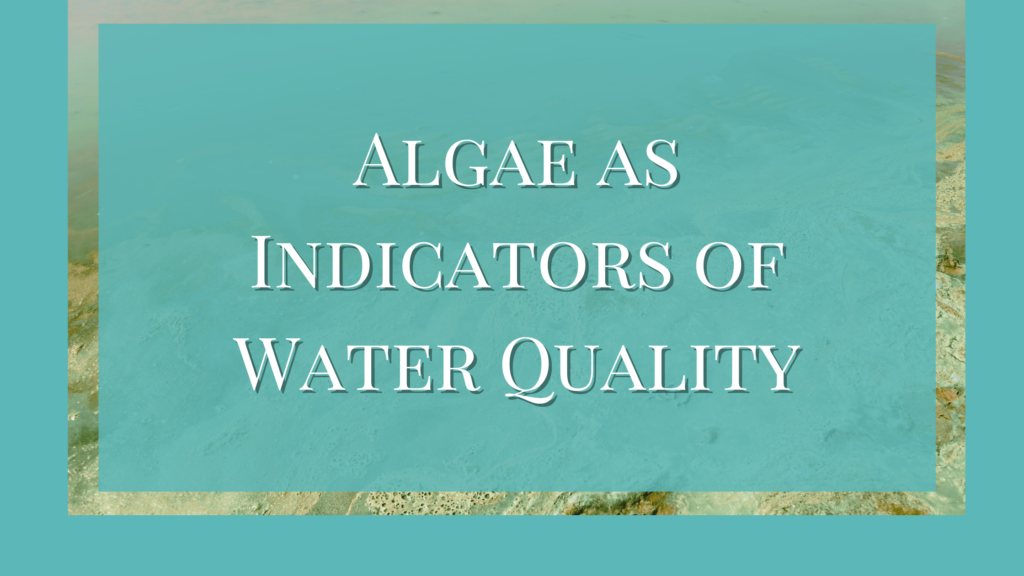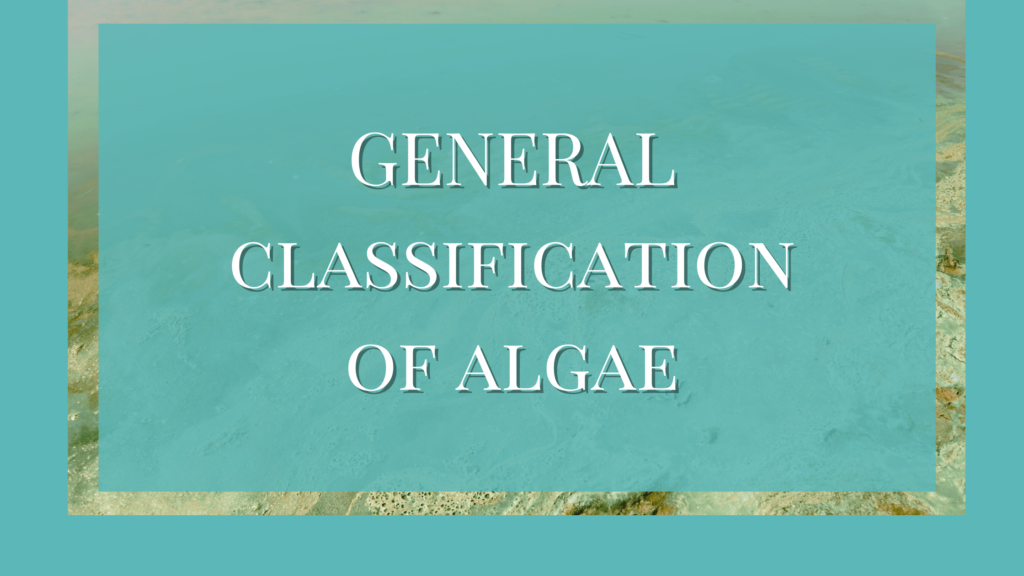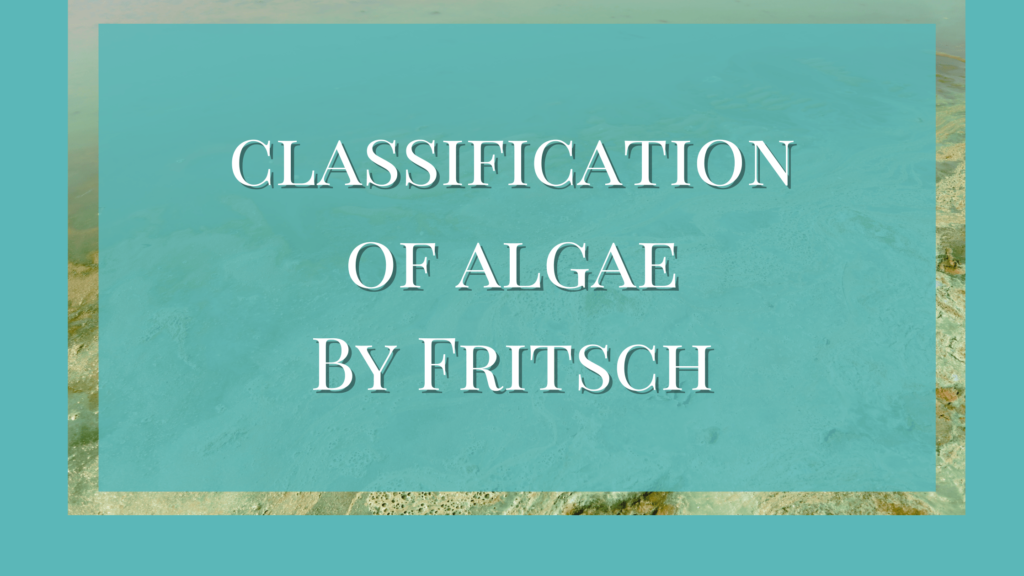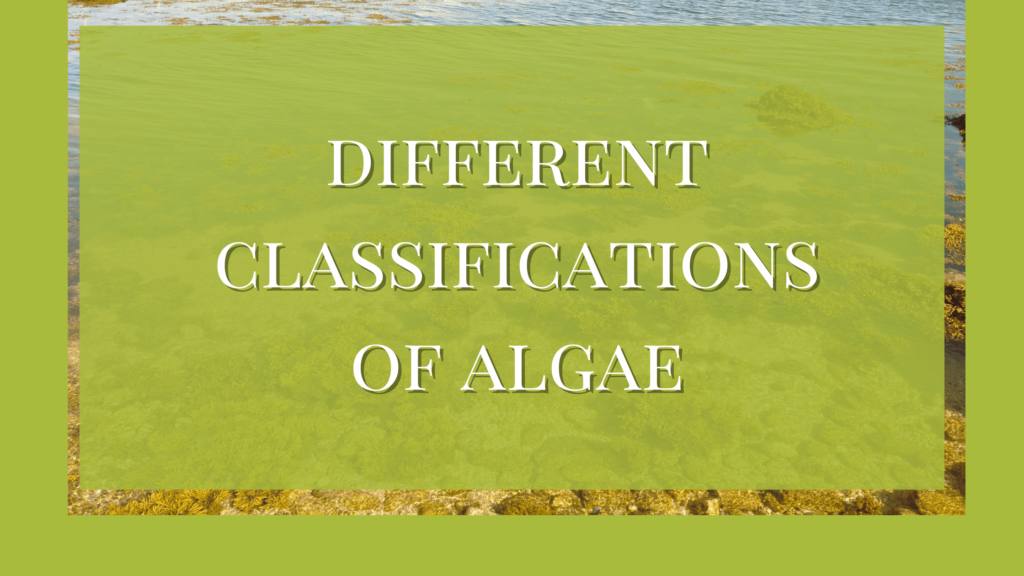Water quality affects our daily lives in different ways. It has a great influence on the ability of aquatic plants and animals to exist and grow.
As population and industrial demands increase, groundwater supplies become inadequate. This will force the population to use more surface water supplies to meet their needs.
Groundwater is essentially free from microorganisms but when it comes to surface water, this is not true. This is where algae as indicator of water quality come into play.
Algae as Indicator of Water Quality and Pollution
Algae are involved in water pollution, especially that of surface water, in several ways. Many algae and other organisms inhabiting surface waters are dependent on the prevailing environmental conditions.
Pollution may bring about an enrichment of algal nutrients in water and can selectively stimulate the growth of a few types of algae. This leads to massive growths of algae known as ‘blooms’.
Algae flourishing in organically polluted waters also play an important role in the ‘self-purification’ of these water bodies. The presence of certain types of algae growing in the polluted water is being used as indicators of pollution.
Algae are an important link in the aquatic food chain, hence the various factors that alter the human and kinds of algae in a water body will also affect all the other organisms there, including the fishes.
Thus a continuous monitoring and study of algae growing in water of various quantities is required.
This will help in determining what changes the algal composition of water, how we can control this and use the water to our maximum benefit.
Factors Affecting Algal Growth
The Indian subcontinent has a wide variety of water bodies that differ widely in their physiochemical characteristics. For supporting algal growth the body of water should contain certain basic requirements.
These include dissolved oxygen and carbon dioxide, a bicarbonate-carbonate ratio with a pH status conducive to the release of carbon dioxide from the system. Also, major nutrients like potassium, nitrogen, phosphorus, trace elements, and occasionally, vitamins and growth factors are required.
Besides these chemical parameters, available light intensity and temperature of the water, etc, should also be at optimum levels. Different algal species require different physiochemical conditions for maximum development.
Such characteristics of the water body are dynamic. While studying the algae of an aquatic ecosystem, species composition and algal abundance are considered. Algal abundance is assessed for a particular species or a whole group of plants.
Eutrophication
Based on the trophic levels, water bodies can be classified as either oligotrophic or eutrophic. In the former, the nutrient level is low, and dissolved oxygen is high. Hence this water body will usually not sustain massive growths of algae.
On the other hand, an eutrophic water body is rich in mineral nutrients to support a rich algal growth in quantity and species diversity.
The development of a lake normally occurs by passing through an oligotrophic status to an eutrophic status by acquiring more dissolved matter which enriches its mineral nutrient content and growth of algae. This entire process is termed eutrophication.
The relationship between the trophic state of a water body and the algal organisms inhabiting it has become the subject of much study and speculation.
Certain groups of algae are found abundantly in oligotrophic waters. Members of Chlorophyceae, particularly Chlorococcales, Desmidiales, Pennate diatoms, etc are examples.
In eutrophic waters, Cyanophyceaean members are abundant while Desmidiales are completely absent and the diatoms occur in a restricted manner. Therefore the community structure of the algae in the water body can be good indicators of the trophic status.
Algal Pollution Index
Various workers have suggested species indices for water quality, chiefly based on their tolerance to pollution. The most commonly used Algal Pollution Index for water quality is that of Palmer. According to Palmer’s pollution index a value between 0-10 indicates low or no organic pollution, 10-15 denotes a moderate level of pollution, and 15-20 is considered high organic pollution.
However, many of these indices have been proposed by considering only the saprobic systems caused by sewage pollution and hence cannot be used for assessing water quality polluted by effluents other than domestic sewage.
In the cases of industrial pollution in natural waters, the nature of the effluents has to be considered. When industrial effluents contain toxic substances such as heavy metals, phenolic substances, non-biodegradable organic matter, and cyanides, the indices mentioned above, will not be helpful in trophic studies.
Self-purification of Water Bodies
In small bodies of water, any effluent that is discharged into it quickly diffuses and makes an impact throughout the water body. If the quality of the effluent is large in comparison to the volume of the water body, the eutrophication tends to be rapid and sometimes can reach a level of steady-state accumulation of dissolved oxygen leading to an anoxic condition.
If the effluent volume is small, the algal community of the water body will help to keep the water quality fairly stable, despite eutrophication. This is mainly due to the dilution of the effluent by biodegradation of the organic matter and the oxidizing effect of dissolved oxygen.
In such cases, recovery of the water body from the effects of pollution is possible. The increase in nutrients caused by the biodegradation of organic matter will cause an increase in the amount of dissolved oxygen in water through photosynthetic oxygen production.
Then there is an innate tendency in larger water bodies to maintain an equilibrium concerning their trophic level. In rivers and streams, water flow provides the advantage of natural aeration to dilute and remove pollutants by oxidation.
Effect of Water Hardness and Salinity on Algal Growth
Algal abundance can also indicate the hardness of water since algae can thrive better in hard water than in soft water. The pH of water with abundant algal growth is generally on the alkaline side with the bicarbonate serving as a source of carbon dioxide.
Salinity distinguishes freshwater bodies from marine waters. The effect of salinity on algal growth is physiological and marine algae are well adapted to live under such conditions. Changes in the salinity of a water body can be monitored with the help of diatoms which exhibit different degrees of sensitivity to salinity.
Algae Usually Associated with Pollution
| Taste and odour algae | Estuarine Pollution Algae | Freshwater Algae |
| Anabaena | Agarolliella | Phormidium |
| Anacystis | Chaetoceros | Nitzschia |
| Nitella | Ulva | Phacus |
| Staurastrum | Enteromorpha | Euglena |
| Synedia | Chaetomorpha | Stigeoclonium |
| Pandorina | Prasiola | Lyngbya |
| Dinobryon | Melosira | Spirogyra |
| Asterionella | Peridinium | Oscillatoria |
| Tetrahedron |




